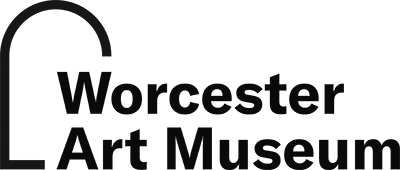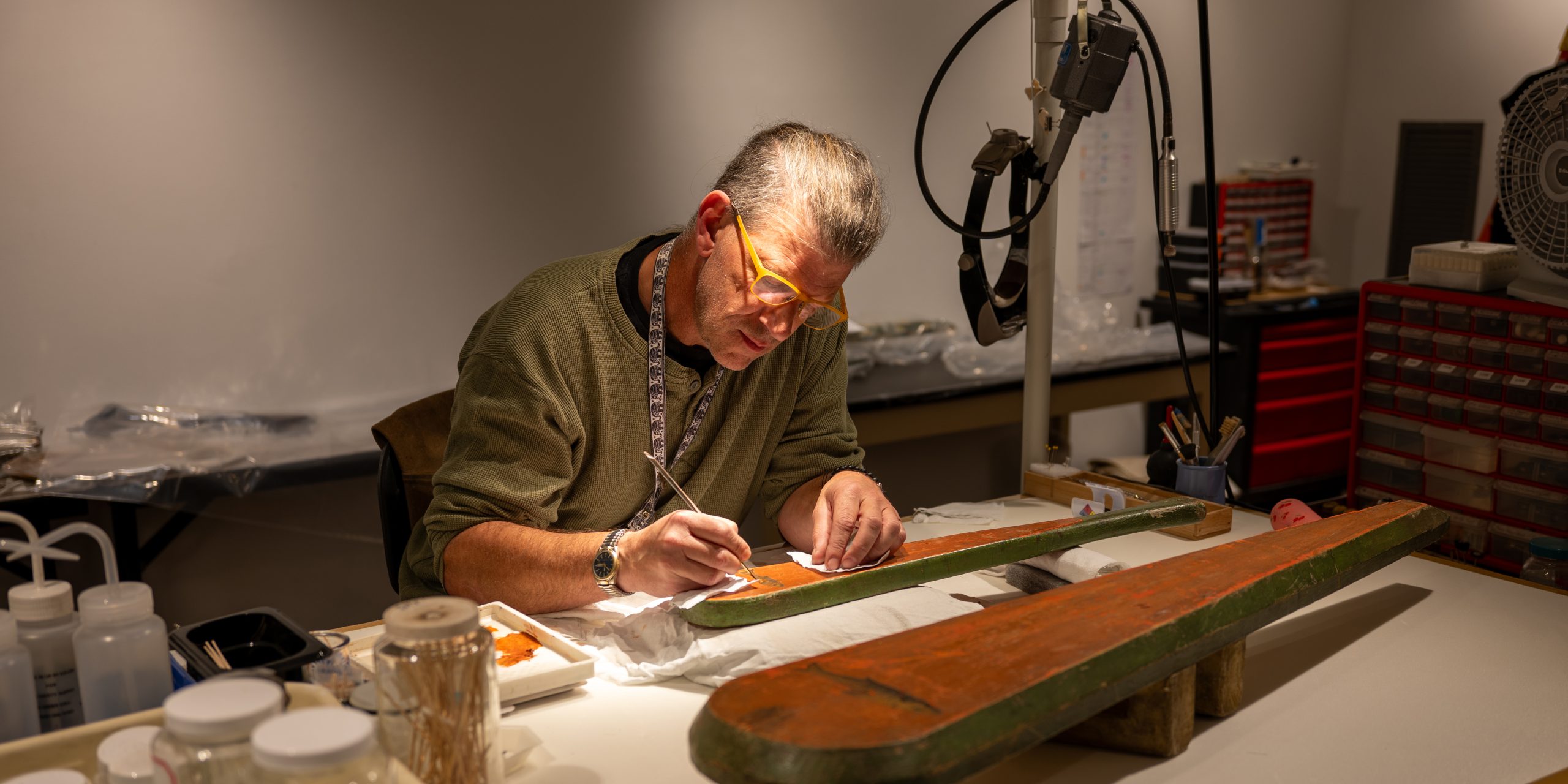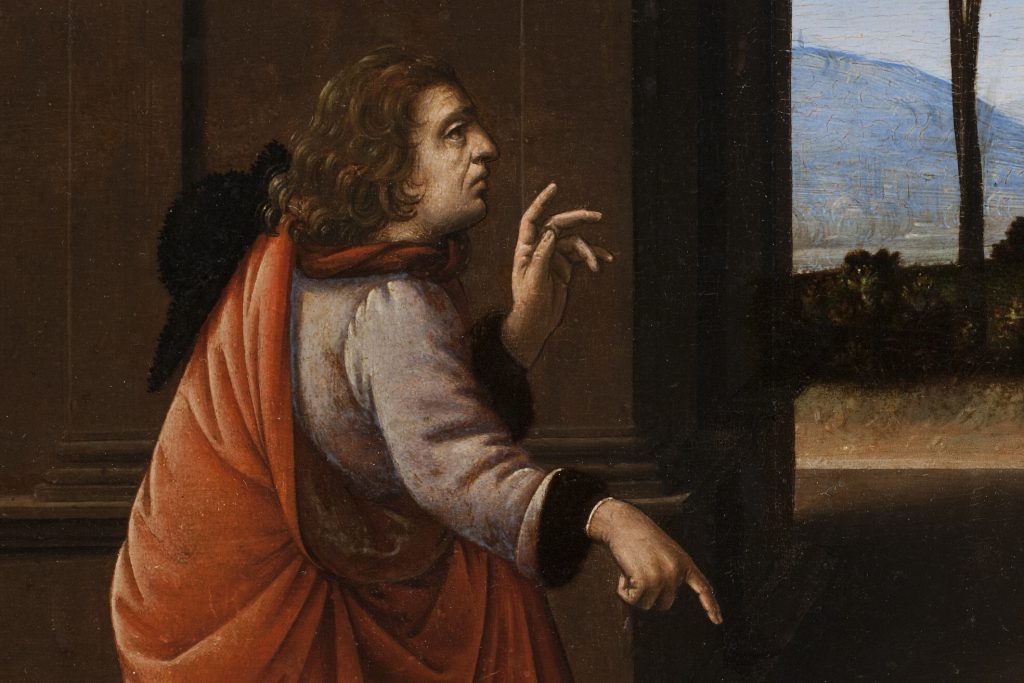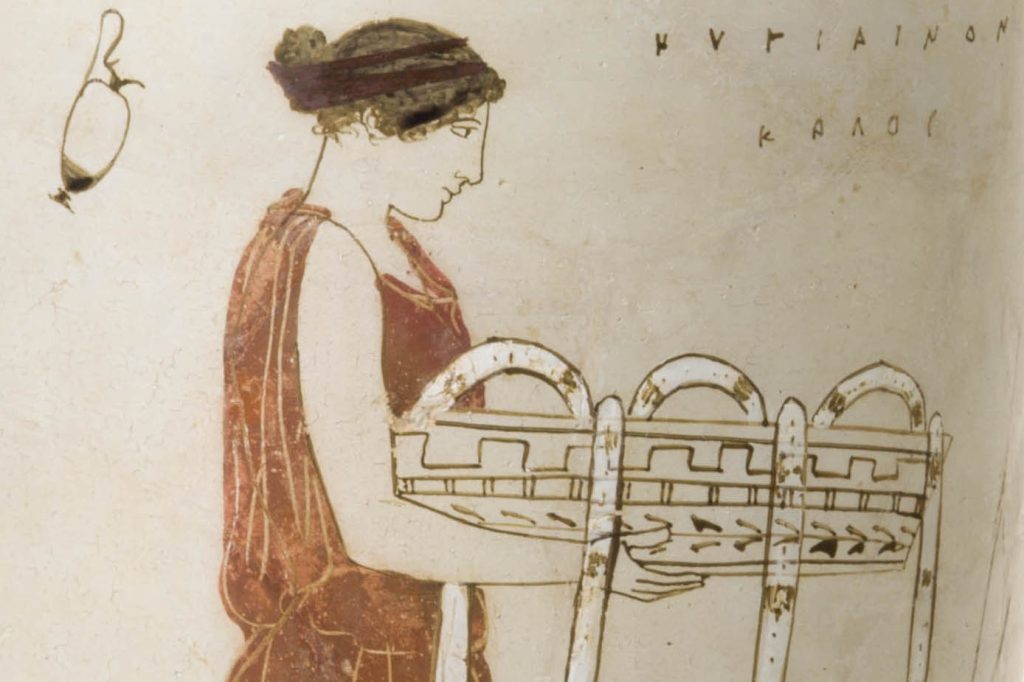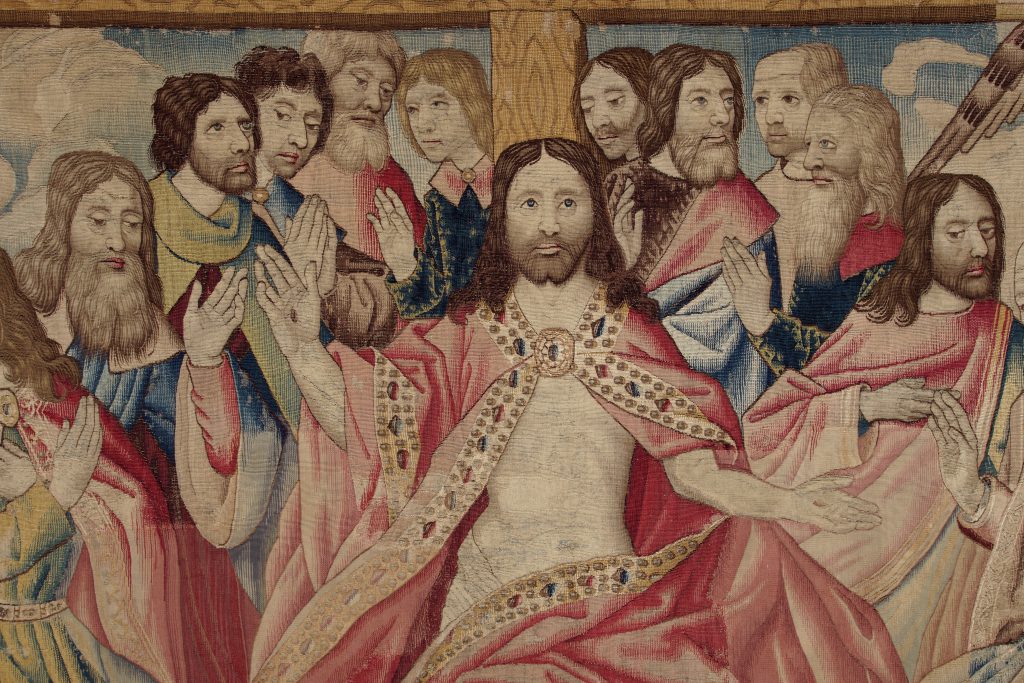The Conservation Department cares for the Museum’s collection from material and technical perspectives and works to preserve it for generations to come.
Museum conservators study artists’ materials and techniques and examine, develop, and undertake treatment of works of art. They conduct art historical and scientific research to verify authenticity, determine conditions, and devise treatment plans. Analytical equipment and specialized light sources, such as stereomicroscopes, ultraviolet light, x-radiography, and infrared reflectography are used frequently to access artworks beyond what is visible to the unaided eye to gain a deeper understanding.
What we do
The Conservation Department plays a vital role in caring for the Museum’s global collection of nearly 40,000 paintings, sculptures, archaeological and decorative art objects, arms and armor, works on paper, textiles, and time-based media. The department’s staff works collaboratively across the Museum as well as with contract conservators and conservation scientists to fulfill this essential role.
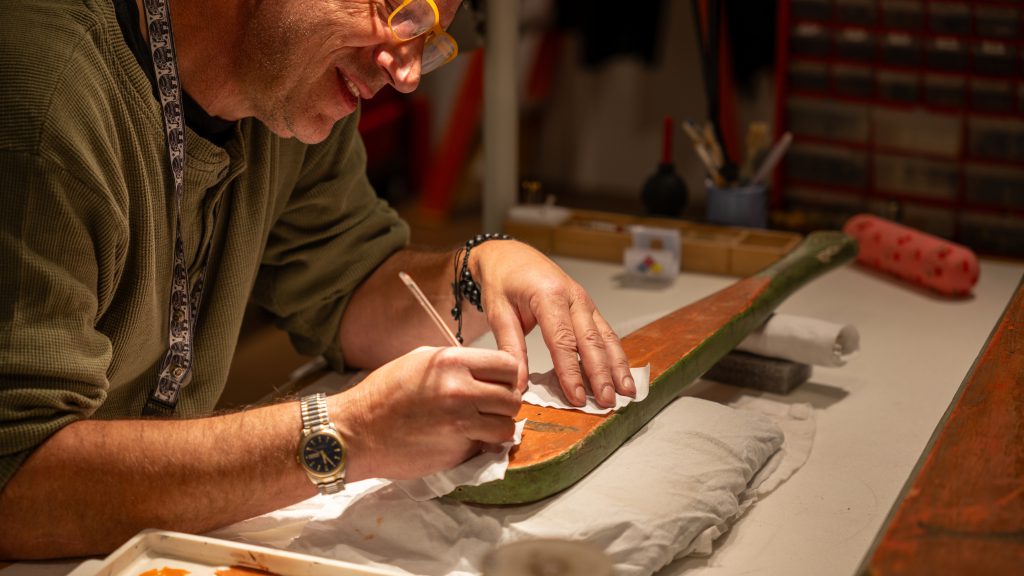
Arms and armor
Expertise in conserving arms and armor was traditionally obtained through apprenticeship, where practitioners also became experts in identifying and handling these complex objects.
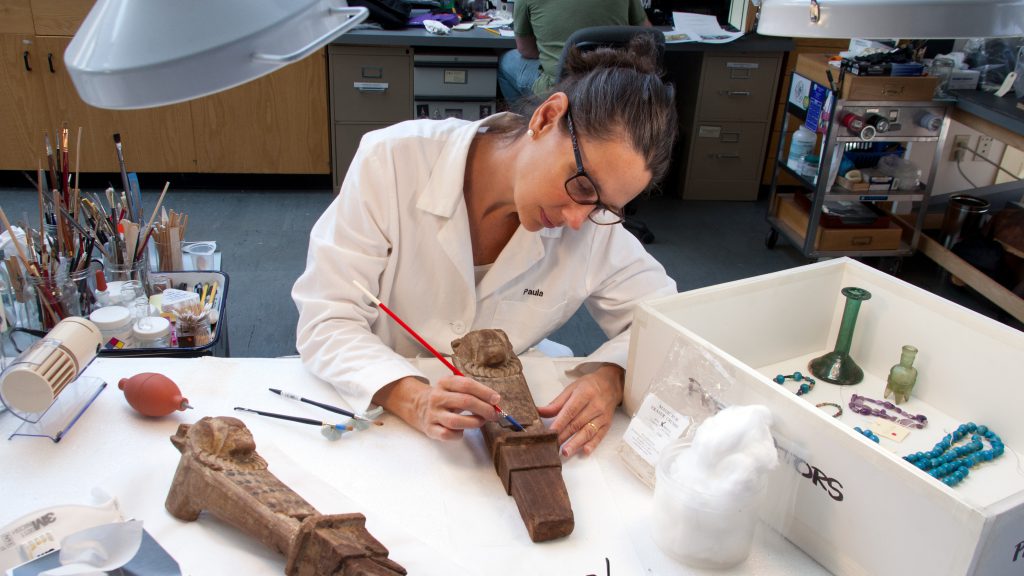
Objects
Objects conservators are experts in a wide variety of materials, structures, sizes, and periods. Three-dimensional objects change over time and our conservators work to understand and preserve these multifaceted works.
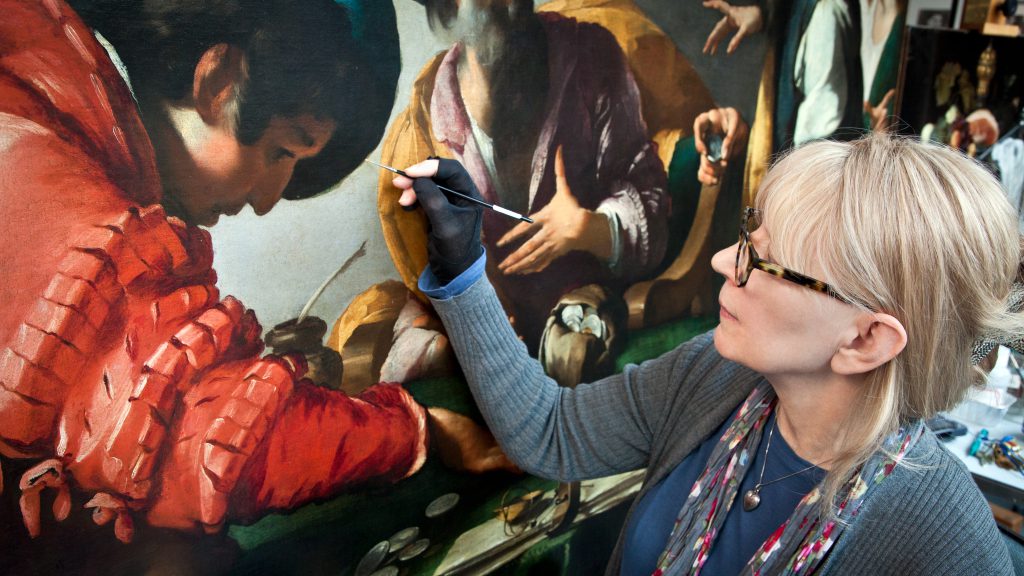
Paintings
The Museum’s collection of paintings ranges from centuries-old iconographic works on panel to modern and contemporary art that may include non-traditional materials and constructions.
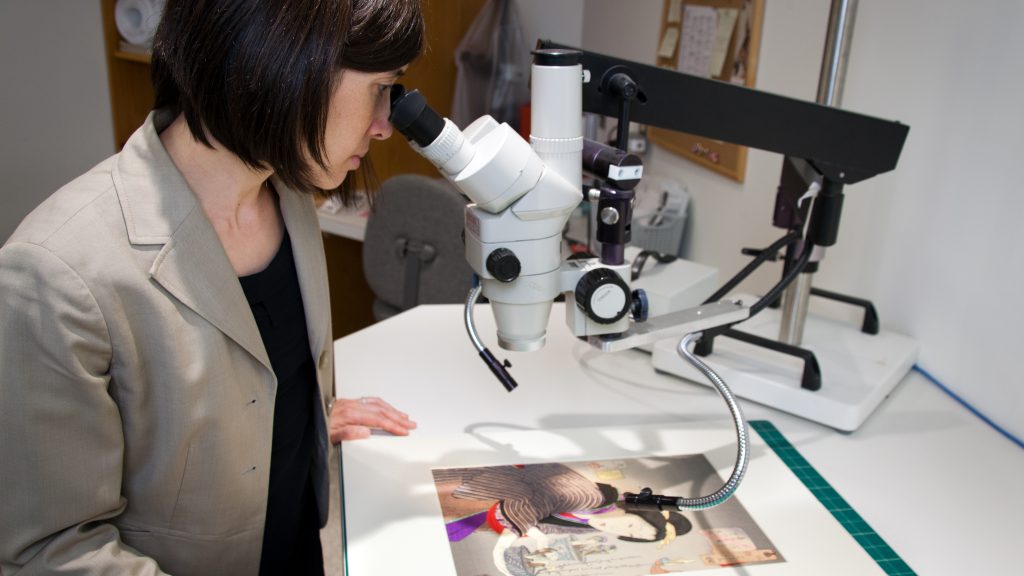
Works on paper
Works on paper include watercolors, prints, drawings, photographs, and more. These types of works are all very sensitive to light exposure and their conservation includes resting the works in the dark for years to preserve their color and quality.
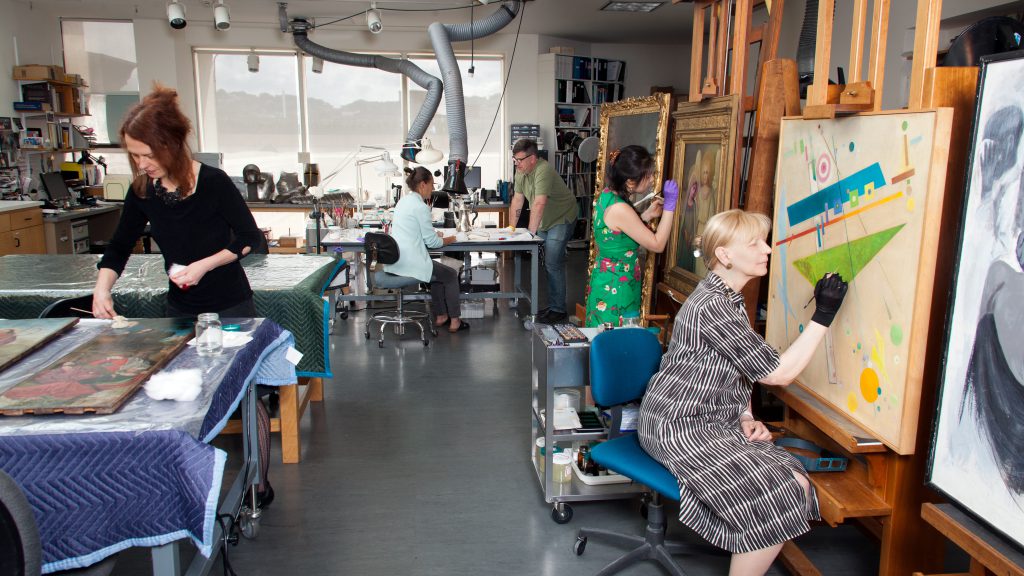
Training
The Conservation Department is committed to training conservators at different stages of their careers. Typically, the department employs a post-graduate fellow in paintings, objects, or paper and a pre-program intern who gains exposure to all three specialties. Interns and fellows are fully integrated into department activities and gain valuable experience in their specific areas of interest.
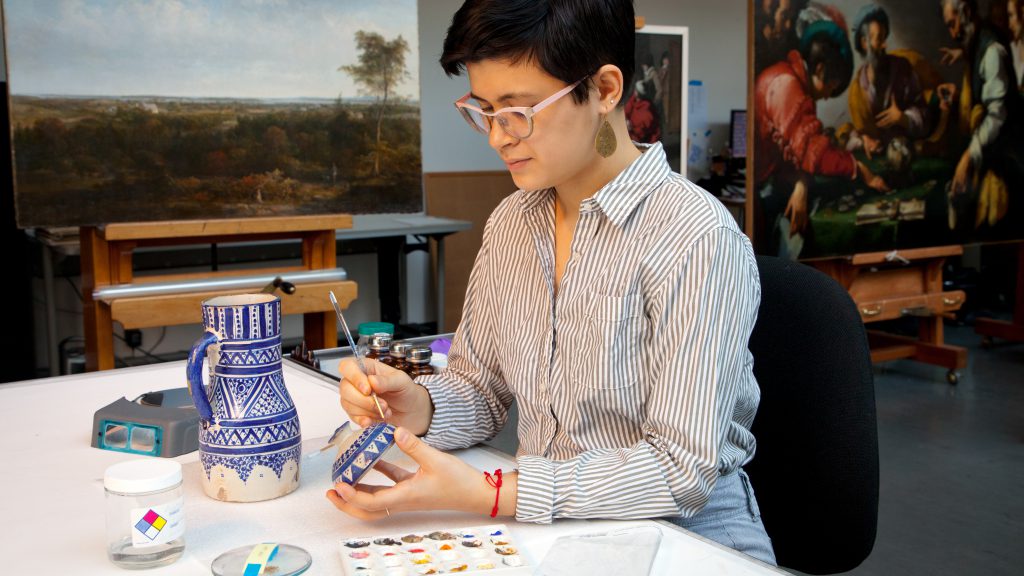
Publications
The Conservation Department and its conservators produce publications and conservation-focused research and articles every year.
Conservation-focused exhibitions
Exhibitions curated or co-curated by WAM’s conservators look closely at the manufacture, condition, and treatment of works of art, primarily from the Museum’s collection.
History of conservation at the Worcester Art Museum
The Worcester Art Museum has a historic commitment to conservation and the technical study of art. In 1935, the Museum published technical information on collection paintings in an exhibition catalogue entitled XVIIth Century Painting in New England by Louisa Dresser and Alan Burroughs. In 1936, the Museum hired its first conservator, Edmond de Beaumont, who trained at Harvard’s Fogg Art Museum (now the Harvard Art Museums). During his forty-year tenure at the Museum, de Beaumont documented much of the collection with X-radiographs, infrared, and black-and-white photography. The role of conservation broadened under the leadership of George Stout, a pioneer in the development of conservation in the United States, who directed the Museum from 1947–1955, and left an indelible legacy that continues today.
Resources
Please visit the following links for conservation related resources.
Conservation at the Worcester Art Museum is supported in part by the Charles E. Culpeper Conservation Laboratory Fund, George F. and Sybil H. Fuller Foundation, Institute of Museum and Library Services, Philip Klausmeyer Conservation Fund, Macomber Conservation Fund, Andrew W. Mellon Foundation Conservation Fund, Helen M. and Thomas B. Stinson Fund at the Greater Worcester Community Foundation, VPG Foundation, and an anonymous funder.




